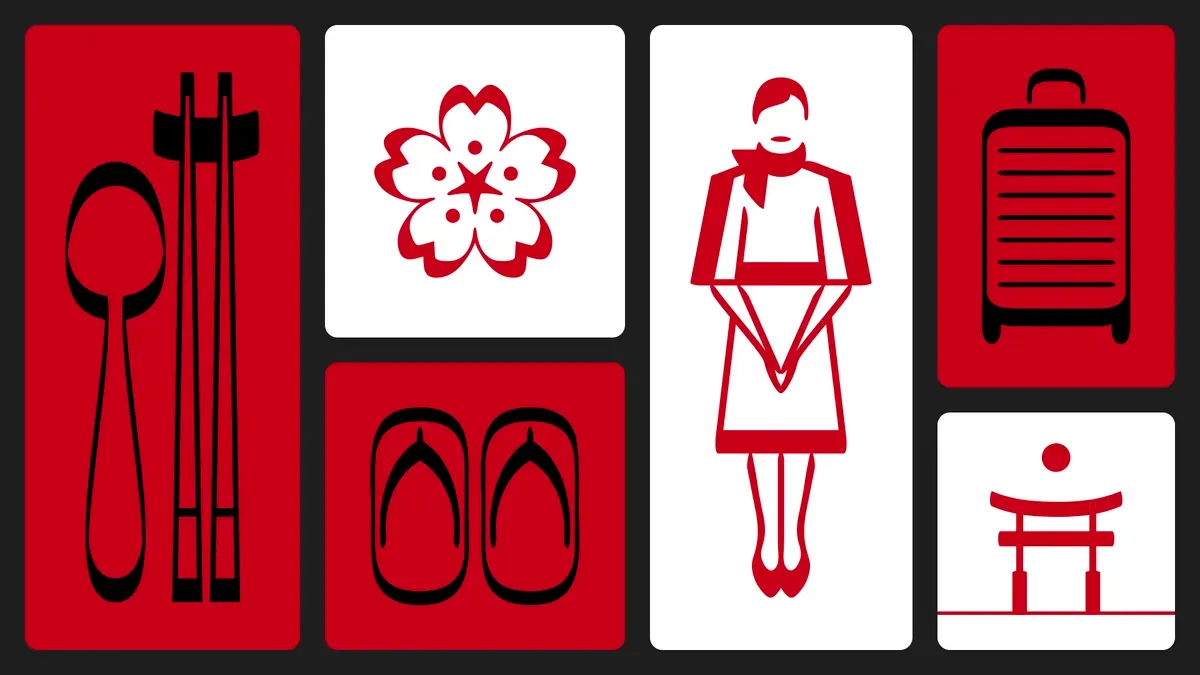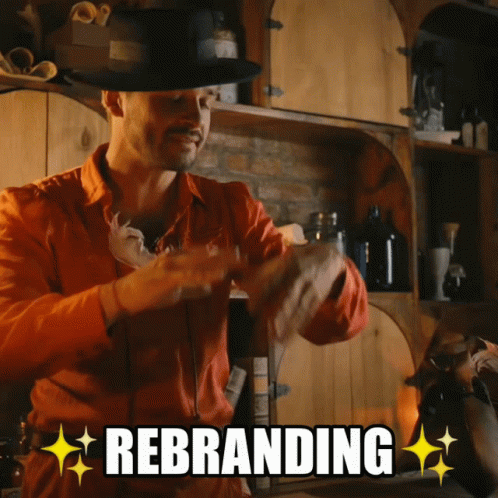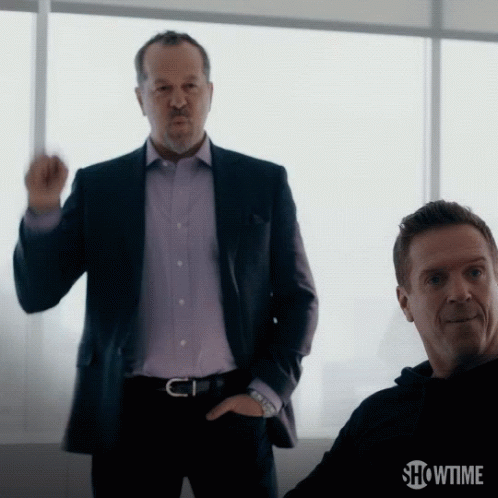Rebranding - Vol. #2
A strong brand identity is crucial. Is your brand's design relevant? Inspired by Japan Airlines, consider a rebrand. Ensure consistent messaging and visuals. A well-executed rebrand can boost brand awareness and engagement.

Relaunch Your Brand or 🌪️ Get Lost in the Crowd?
In today's competitive marketplace, a strong brand identity is essential for success.
But what happens when your brand's design starts to feel dated or fails to resonate with your target audience? A well-executed rebrand can be a powerful tool to revitalize your brand, boost brand recognition, and attract new customers.
However, it's important to approach rebranding with caution! A rebrand that is not carefully considered can damage your brand identity and alienate your existing customer base.
The inspiration for this post came from an interesting article I read about Japan Airlines.

Japan Airlines' Rebrand: A Balancing Act of Tradition and Modernity
This recent rebrand is a masterful example of how to align design with a brand's core values and heritage.
The airline successfully merged its traditional roots with a contemporary aesthetic, creating a visually striking and memorable identity.
Key Design Elements and Their Alignment with Brand Values:
- Dot Pattern Motif:
- Inspiration: The iconic crane ⛩️ logo, symbolizes longevity and good fortune in Japanese culture.
- Alignment: The dot pattern represents the airline's commitment to innovation and progress while maintaining its traditional heritage 🎎.
- Refined Color Palette:
- Inspiration: The colors of the Japanese flag, red and white 🇯🇵
- Alignment: The color palette reflects the airline's national pride and commitment to excellence.
- Typography:
- Inspiration: The Tsurumaru (crane) logo.
- Alignment: The new typeface, Aksen, evokes the graceful flight of the crane, symbolizing the airline's smooth and efficient service.
- Calligraphy-Inspired Iconography:
- Inspiration: Traditional Japanese calligraphy.
- Alignment: The calligraphy-inspired elements add a touch of elegance and sophistication, reinforcing the airline's cultural heritage.
I see this rebrand as a successful example of how to create a design that is both timeless and modern.
By aligning the design elements with the brand's core values, the airline has created a strong and distinctive identity that resonates with its target audience.

All of this is great, pretty, and sounds amazing, but... Is it for you?
Before you embark on this adventure, it's important to ask yourself some key questions:
- Is your current brand identity still relevant to your target audience? If your target audience has evolved, your brand identity may need to evolve as well.
- Are your brand's messaging and visuals consistent across all channels? Inconsistency can confuse your audience and make it difficult for them to understand your brand (website, social, marketing documents, sales pitches, knowledge-based articles should all be aligned).
- Do you have a clear understanding of your brand's unique value proposition? What makes your brand different from your competitors? Your rebrand should communicate this value proposition clearly.
The Power of a Strategic Rebrand
When done correctly, a rebrand can have several positive benefits for your business:
- Increased brand awareness: It can help your brand stand out from the competition.
- Improved brand perception: It can communicate quality, trust, and innovation.
- Enhanced customer engagement: It can help you connect with your target audience on a deeper level.
- Boosted employee morale: A new brand identity can create a sense of excitement and pride among your employees.
The Pitfalls of Rebranding
However, a rebrand that is not carefully considered can also have a negative impact:
- Brand confusion: A radical departure from your existing brand identity can confuse your audience and damage brand recognition.
- Alienated customers: If your rebrand does not resonate with your existing customer base, it can lead to customer churn.
- Wasted resources: A rebrand can be a costly endeavor. It's important to make sure that your rebrand is well-planned and executed.
The Decision to Rebrand
Eventually, I don't think that this is an easy decision to take.
There is no right or wrong answer.
The best decision for your business will depend on your specific circumstances.
Here are some tips to help you decide:
- Conduct market research: Talk to your target audience and get their feedback on your current brand identity.
- Set clear goals for your rebrand: What do you hope to achieve with your rebrand?
- Develop a comprehensive rebranding strategy: This strategy should include your brand messaging, visuals, and marketing plan.
If you are considering a rebrand, take the time to do your homework and make sure that it is the right decision for your business.
Enjoyed learning about rebranding?
Want to add some vibrant colors, insights, and experience to your journey and product? I can help you do that!
Let's connect and explore together
- 🌐 Explore my Website
- 💼 Connect on LinkedIn
- 📄 Follow on updates The Product Palette
- 📅 Book a consultation

